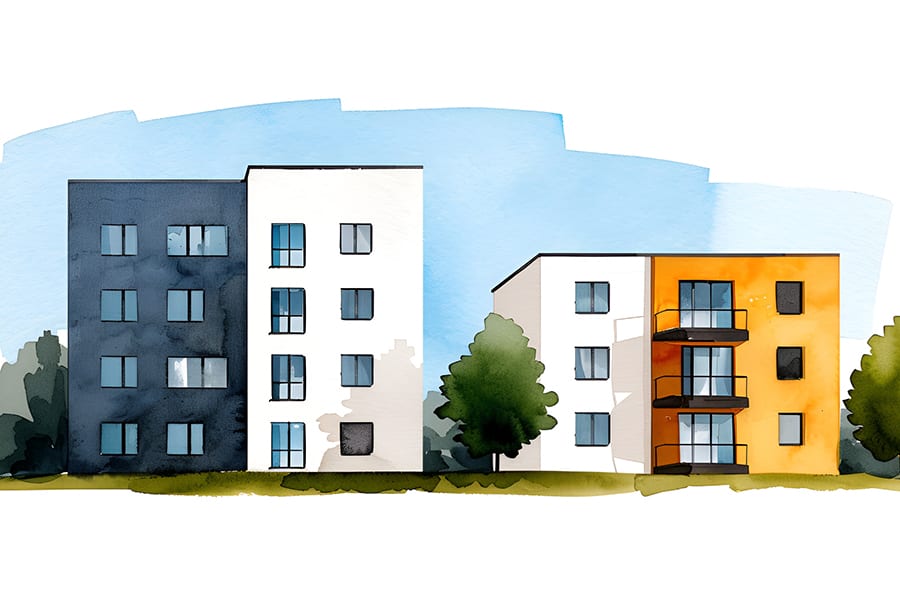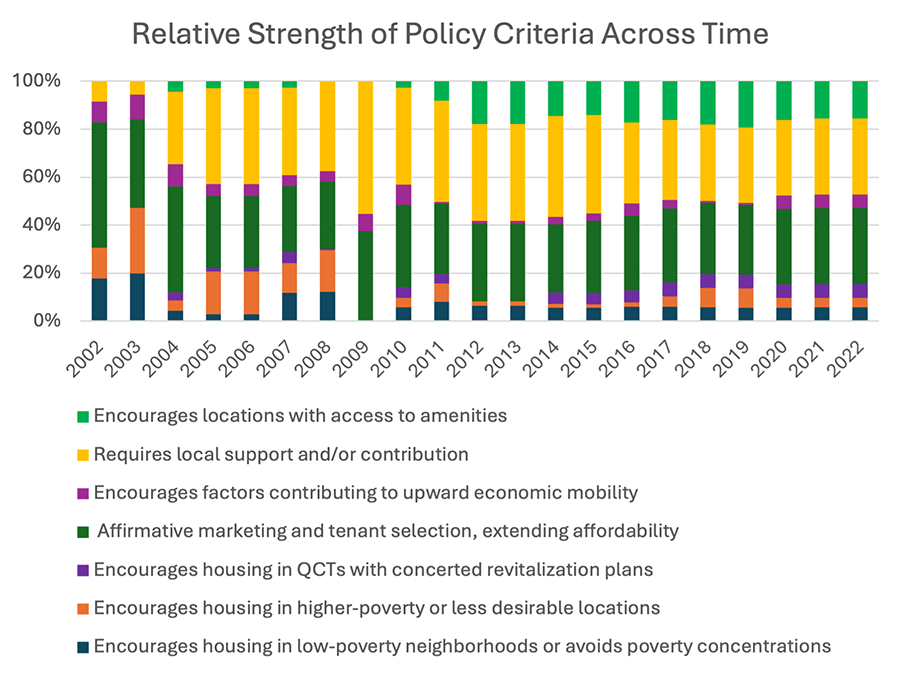- Home
- News
- Recent News
- Navigating the Nexus of Policy and Opportunity
Navigating the Nexus of Policy and Opportunity: A Comprehensive Study of Texas' LIHTC Evolution
The quest for fair housing in the United States has long been fraught with complexities, with the Low-Income Housing Tax Credit (LIHTC) program at the heart of many debates.

The quest for fair housing in the United States has long been fraught with complexities, with the Low-Income Housing Tax Credit (LIHTC) program at the heart of many debates. As a pivotal mechanism for financing affordable housing, the LIHTC program's impact on fostering equitable communities is under continuous scrutiny. This critical examination comes into sharp focus in the research I am conducting at the School for the Environment, along with colleagues from the University of North Texas and graduate student Madeline Sovie. The research is titled "From Litigation to Integration: The Evolution of Texas' LIHTC Policies for Fair Housing." The study delves into the intricate dynamics of LIHTC neighborhoods, drawing upon a rich blend of qualitative and quantitative data to unravel the effects of policy changes over time, especially in light of fair housing litigation.
Together, we are conducting a longitudinal analysis of Texas' Qualified Allocation Plans (QAPs) across 21 years, segmented into four phases: pre-litigation, litigation, remedial action, and post-remedial action. This temporal framework enables a detailed examination of policy shifts and their repercussions on housing development. By leveraging a mixed-methods approach, combining document analysis with in-depth interviews and project-level data from the U.S. Department of Housing and Urban Development (HUD), the study offers a nuanced understanding of the operationalization of fair housing principles within LIHTC policies. In addition, we interviewed multiple institutional stakeholders and conducted focus groups with LIHTC residents. Data extraction from individual developer applications and their appraisals further add to our analyses.
The study’s findings reveal a significant, albeit unintended, policy shift: a five-percentage point decrease in criteria strength aimed at promoting access to neighborhoods with high economic mobility potential and dismantling barriers for underserved groups during and post-litigation. Despite these shifts intending to simplify project approval processes and potentially increase affordable housing development, developers report mounting challenges stemming from intensified but potentially misaligned deconcentrating poverty criteria. This misalignment has led to a scarcity of viable low-poverty locations willing to accommodate tax credit housing, indicating an unintended consequence of the policy's evolution. Finally, while tax credit units are increasingly located in lower-poverty neighborhoods, there is considerable variation in access to better schools, jobs, transportation, and local factors vital for upward economic mobility.
The research critiques the oversimplified conception of "opportunity" as merely the reduction of poverty. It argues that such a narrow definition neglects the multifaceted reality of accessing significant opportunity structures—like educational and employment resources—crucial for genuine economic mobility. The study's findings highlight a nuanced policy landscape where intentions to foster fair housing collide with the practical challenges of implementation, yielding mixed outcomes in terms of equitable community development.
Our research not only deepens understanding of the LIHTC's impact on fair housing; it also encourages a rethinking of policy design and implementation. It suggests that Texas' experiences can inform broader strategies, pushing for policies that embrace a wider view of opportunity and community inclusivity. This work underscores the need for ongoing dialogue among policymakers, planners, and communities to refine affordable housing initiatives, aiming for truly equitable urban growth.

Bar graph of 'Relative Strength of Policy Criteria Over Time' created by the author and sourced from Balachandran et al. (Manuscript Under Review in the Journal of Housing Policy Debate)

Assistant Professor of Urban Planning and Community Development